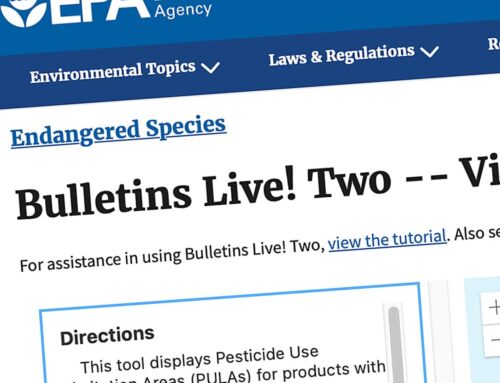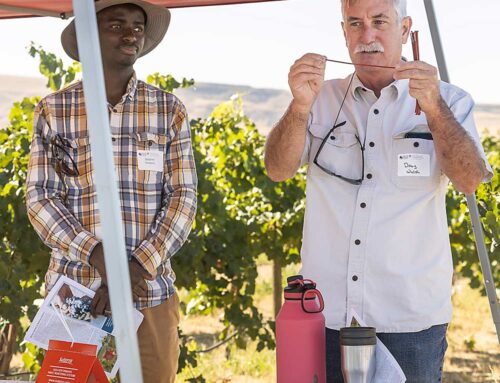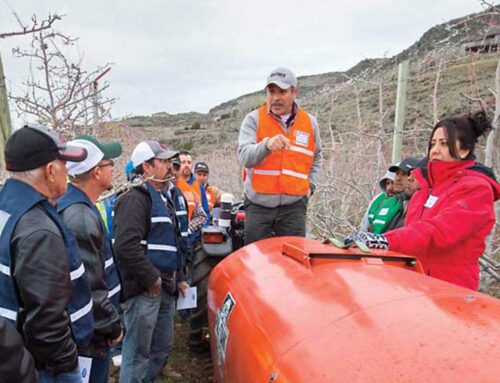The 2015 New Jersey Commercial Tree Fruit Production Guide devotes six pages to the subject of applying sprays according to the volume of the tree canopy per acre.
The guide generally follows the rules developed by University of Maryland horticulturist Dr. Paul Steiner in the 1990s. According to Dean Polk at Rutgers University in New Jersey, Steiner developed his tree row volume method after observing what worked for growers in the Mid-Atlantic States, and they were by then reducing tree size, reducing the dilution of sprays, and reducing the number of gallons of spray applied per acre.
Steiner said growers should apply dilute spray at the rate of 0.7 gallons per 1,000 cubic feet of tree row volume or 0.09 gallons per 1,000 cubic feet of concentrate or low volume spray, and then cutting the amount applied per acre to a third or a half for trees with little or no foliage.
“One way good coverage can be obtained is to use high-volume dilute sprays of 200 to 400 gallons per acre to thoroughly wet all target surfaces to a point where excess spray liquid drips to the ground,” the spray guide says. “This is important where absolute coverage of all surfaces is required. Underdosing does not occur because all parts of the tree are thoroughly wetted. Overdosing does not occur because any excess material runs off.”
“For trees with a full canopy of foliage, a dosage volume of about 0.7 gallon per 1,000 cubic feet of tree row volume will usually reach the drip point.”
This rate, however, should be cut to a half or third early in the season. “An apple tree at green tip has approximately one-fifth the surface area it will have at full leaf,” the guide says.
Good coverage can also be obtained using low volume sprays of 25 to 60 gallons per acre—in which a fine mist of droplets are uniformly deposited without reaching the drip point, the guide says.
“An LV rate of 0.09 gallon per 1,000 cubic feet TRV provides adequate coverage in most orchards under most conditions,” the guide says.
The guide does not recommend applying fewer than 25 gallons per acre.
[contextly_sidebar id=”tunphzVIXXlIEzmS7DsQbFWdta3yoek8″]





Leave A Comment